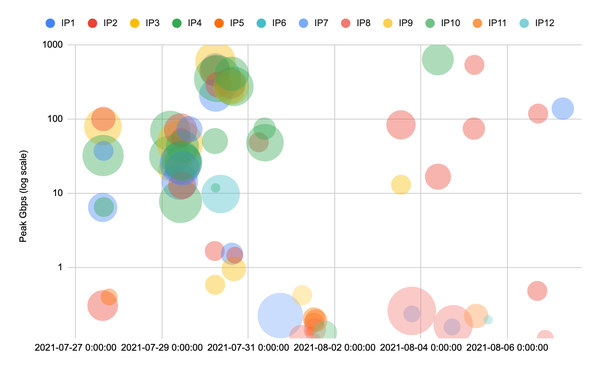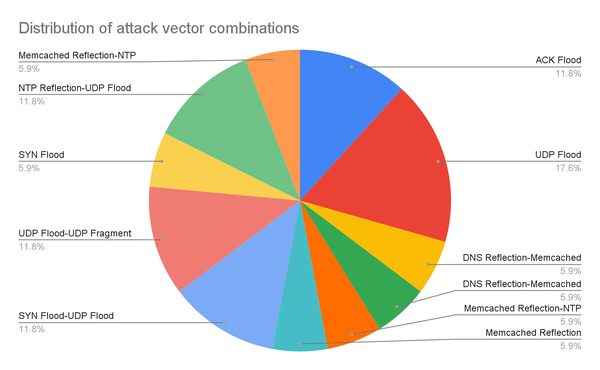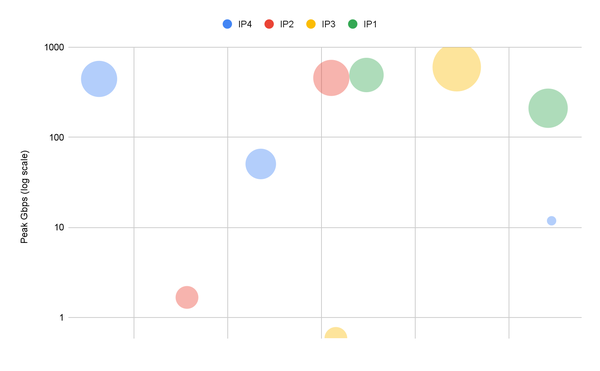Dogged Persistence – The Name of the Game for One DDoS Attacker
With DDoS, we typically observe a moderate degree of attacker persistence.
DDoS attacks are relatively easy to launch from a number of online booter services, and the availability of cryptocurrencies for payment has made it easy to remain anonymous. Attackers can try their hand at DDoS for little effort and money, and in relative safety. They give it a go, try a few things (vector, endpoint, and scale changes), and for those with effective defenses, the attacker eventually burns out.
This changed with DDoS extortion campaigns launched primarily between fall 2020 and late spring 2021, which were a pure numbers game.

Attackers cycled through entire industries, launching proof-of-capability attacks en masse against a wide swath of targets, hoping to elicit payment in exchange for a promise not to launch future attacks. Companies that successfully mitigated attacks were generally left alone, as the extortionists moved on to softer targets.
“Once in a blue moon” attack campaign
Every now and then, however, we do see extreme examples of DDoS attacker persistence. This was the case starting late last month (July 2021). What made this particular series of DDoS events notable is not only the determination, but also the attack vector sizes targeting multiple IPs across several of the customer’s subnets.
Several distinct waves can be noted over the 10-day span that targeted the various endpoints using a diverse array of DDoS tactics and techniques. While the attacker was highly motivated and had massive amounts of bandwidth to burn, nearly all of these attacks were automatically mitigated via Prolexic’s zero-second SLA. Those that weren’t were dealt with swiftly by the Akamai SOCC.

The attackers threw in the kitchen sink as they pivoted across multiple IPs and employed a number of attack vectors and combinations whilst attempting to find weak spots. Both TCP and UDP stacks were targeted almost equally, and the criminals used a combination of 11 different vectors during the various assaults.

The threat actors clearly had access to the DDoS attack cannons. One 30-minute span saw 200+ Gbps spread across six destination IPs, with the top target reaching 600+ Gbps.



